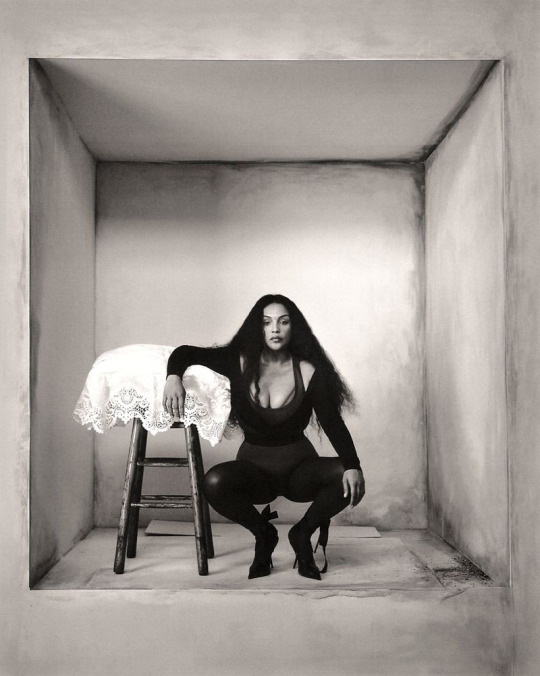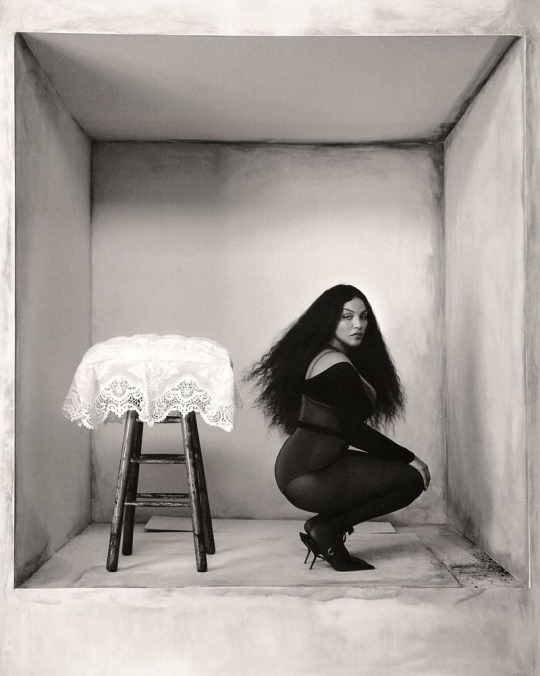Text

Pedro pascal photos incoming
14 notes
·
View notes
Text
I have a great need to collect cute matchboxes

4K notes
·
View notes
Photo

Ripples, a mirage, a beautiful day at the lake.
5K notes
·
View notes
Text
are logos actually tacky?
Here's my secret as a neutral, somewhat minimalist dresser: I adore the Louis Vuitton monogram. I actually think the shades of brown go together really beautifully, while the rosette shapes add a playful touch. These days, however, apparently it's "basic" to like a Louis Vuitton bag. I've seen countless posts online decrying LV bags as tacky and overstated, an association that once made is fiendishly difficult to shake off. The most common offenders seem to be brands with obvious logos or monograms in their designs, like LV, Gucci, and Goyard. Apparently, logos just aren't cool anymore. In recent memory, "it bags" have all been bags with tiny, nearly invisible logos, if indeed there is any logo at all: the Bottega "dumpling" bag, the Loewe puzzle, the Row Margaux, and so on. It seems the fashion community is moving away from any blatant declarations of designer origins, moving instead towards an insider, "if you know you know" attitude.
But - are logos inherently tacky? Why is it that designs that were considered classic and timeless for years are now seen as gauche? After all, some logos are literally over a hundred years old - Louis Vuitton created his signature monogram in 1896. For some reason, I don't think the equivalent of French influencers back in the day were sniffing at Louis Vuitton steamer trunks for being too "obvious".
My belief is that whatever is considered tacky actually has nothing to do with design or logos - it's all about the accessibility of designer goods and the ever-moving goalposts of how to look rich. I don't think we, as a society, have moved past our tendency towards conspicuous consumption, i.e. purchasing goods to display our wealth and social status. We still use our clothes and accessories for this purpose; it's just that the standard for "classy rich person" has shifted away from visible logos to designer goods that are recognizable in other ways. The Hermes Birkin bag, for example, is perhaps the epitome of the "quiet luxury" trend. But while it doesn't have the brand name emblazoned all over it, it's laughable to think that a Birkin is somehow more discreet than a Louis Vuitton. The bag's design is instantly recognizable to anyone who knows anything about handbags in the slightest - not to mention much more expensive than your average LV.
So what really changed? Well, part of it is that the absolute number of people who can afford luxury bags has increased over time. I don't have a specific statistical source for this, but I think it's fair to say that historically we've seen huge growth in the middle and upper-middle classes that can now afford luxury goods. So, as greater numbers of people can afford these bags, those who care about their status and appearance search for new ways to distinguish themselves and maintain their elite status. Thus the switch from what was considered luxury a few short years ago - your Gucci, your Dolces, Versace and so on - to even more expensive brands - your Loro Piana, Brunello Cucinellis, and what have you. And of course, by the time these brands have permeated the mainstream consciousness as "true" luxury, the truly wealthy have moved on to something even more exclusive and unheard of.
Another interesting example of this I've seen is the trend towards making bags look distressed and worn in. The Olsen twins, who tout their beaten-up Birkins with all the reverence due a grocery bag, are a famous example of this. It's not enough to own a bag that costs more than many people's yearly salary - you have to be so rich that you can trash it. This trend seems to stem from the fear that the mere act of wearing something that's obviously new is a tell for a lack of taste. Apparently the truly wealthy only wear ancient, broken-in heirlooms, and us poors lining up at the Hermes boutique will just never compare.
I think it's time that we reclaim the logo, and think more critically about what the label of "tacky" means. Tacky is ultimately a classist denigration and a way of fuelling class division. There is nothing inherently wrong or unfashionable about buying and wearing a bag that can be purchased at a well-heeled suburban mall. And let's not forget that being able to afford any designer bag is a huge accomplishment! I’ll get into the ethics of purchasing luxury goods in another post, but I don’t think we need to be persecuting the middle class mom who proudly saves up for her first designer handbag. So girl (or boy), wear that LV Speedy with pride. I'll be rooting for you.
5 notes
·
View notes
Text



paloma elsesser by szilveszter mako for harper's bazaar italia
394 notes
·
View notes
Text

Jil Sander
57 notes
·
View notes
Text

Treated myself to the perfect pair of summer sandals
174 notes
·
View notes
Text
the rise of neutrals (and what it means about this cultural moment)
Recently I've seen a lot of posts online about people bemoaning the lack of vibrant colours in fashion. Step into your average Gap or H&M, and you're awash in a sea of brown, beige, and black. Any colours you do see tend to be tastefully muted, like a pale sage green or dusty pastel blue (don't get me started on butter yellow as the latest trending colour). And prints, besides perhaps a delicate floral print, have seemingly vanished.
To a certain extent the predominance of neutral colours in fashion has never really gone away. The minimalist aesthetic has always had a strong following, and I don't think millennial women have quite escaped the chokehold of the capsule wardrobe concept. There's no denying that most garments in the timeless clothing pantheon - the white button-up shirt, the little black dress, etc. - are almost always in neutral colours. But it does also feel like neutrals have become increasingly predominant in fashion, like an invasive species that slowly wipes out native flora and fauna. While colourful trends continue to come and go, they seem increasingly transient and insignificant compared to the monolith of neutrals. I don't hear as many people talking about "quiet luxury" and "old money" anymore, but the neutral clothes are here to stay.
There's a few reasons that come to mind as to why this is. One, there's the concept of recession wear - the idea that in times of economic downturn, fashion tends towards conservatism. There's definitely a financial incentive to only buy so-called classic and timeless pieces that you can wear for multiple seasons and years (though obviously not all neutral-coloured clothes are classic and vice versa). Also, in times of recession, people likely cut back on expensive outings or vacations that would require fancier, going-out clothing. As a result (at least in my scenario), the most you ever have to get dressed up is to go to the grocery store, and you're probably not wearing your toucan-printed Farm Rio maxi dress for that.
Recession wear can also be seen as a response to an era of extreme wealth disparity. While fast fashion has made imitations of luxury clothing more accessible than ever, traditional milestones of prosperity like purchasing a house are now out of reach for the average person. Upward mobility may be gone, but at least we can buy Zara dupes of Brunello Cucinelli and cosplay at dressing like billionaires.
Second, I think the rise of neutrals is a part of an ongoing backlash to modern hyper-consumerism. I know I'm not the only person who feels overwhelmed by algorithmically-delivered content, an endless stream of influencers manufacturing problems in order to sell you products to solve them. I'm glad to see on social media a growing number of people voicing concern about the consequences of fast fashion for the planet - it's truly disturbing the number of clothes that are manufactured, bought, and discarded every year. A statistic I've seen quoted multiple times is that enough clothing has already been made to clothe the next six generations of humans. I don't have a citation for this, but when I think about the vast amounts of clothing pumped out by innumerable brands every day, I believe it. I think more people are trying to be more thoughtful in their clothing purchases and end up gravitating towards neutral clothing.
Of course, just because a garment is beige doesn't mean that it's better for the planet. Greenwashing is very much a thing, and fast fashion brands are adopting the aesthetics of slow fashion without changing a thing about their company ethos. Recently, fast fashion brand PrettyLittleThing very clumsily did this when they suddenly changed their entire aesthetic from eye-catching, brightly-coloured party clothes to a monochromatic palette and serif fonts. Of course, the quality of their clothing is still terrible - it's just that now they can charge a premium for the appearance of quiet luxury. When unethical companies try to deceive customers by adopting a neutral palette, it's hard not to feel exasperated by the glut of neutral colours being sold to us in stores and online.
I recognize that this may sound quite ironic from a blog dedicated to a neutral, minimalist aesthetic. But yes, while I lean towards a neutral palette, I find some of the connotations of neutral-coloured clothes - that they're more classic, luxurious, or somehow more ethical and sustainable - to be both misleading and somewhat annoying. I like neutrals because I find them simple and calming and convenient for everyday life, not because I want people to think my ancestors were playing polo and exploiting people of colour.
Anyways, I guess this is to say that neutral colours can be overrated. And I hope people still feel empowered to wear colourful clothing, despite what every single influencer seems to be wearing.
18 notes
·
View notes
Text

love how the light comes through these glass panes in my apartment
423 notes
·
View notes







